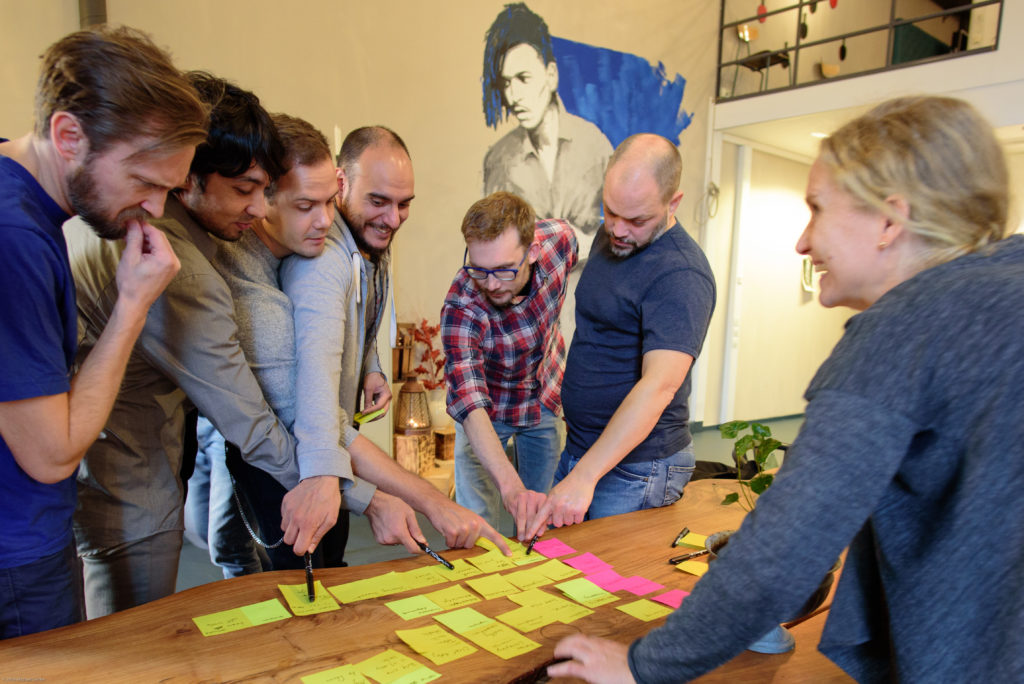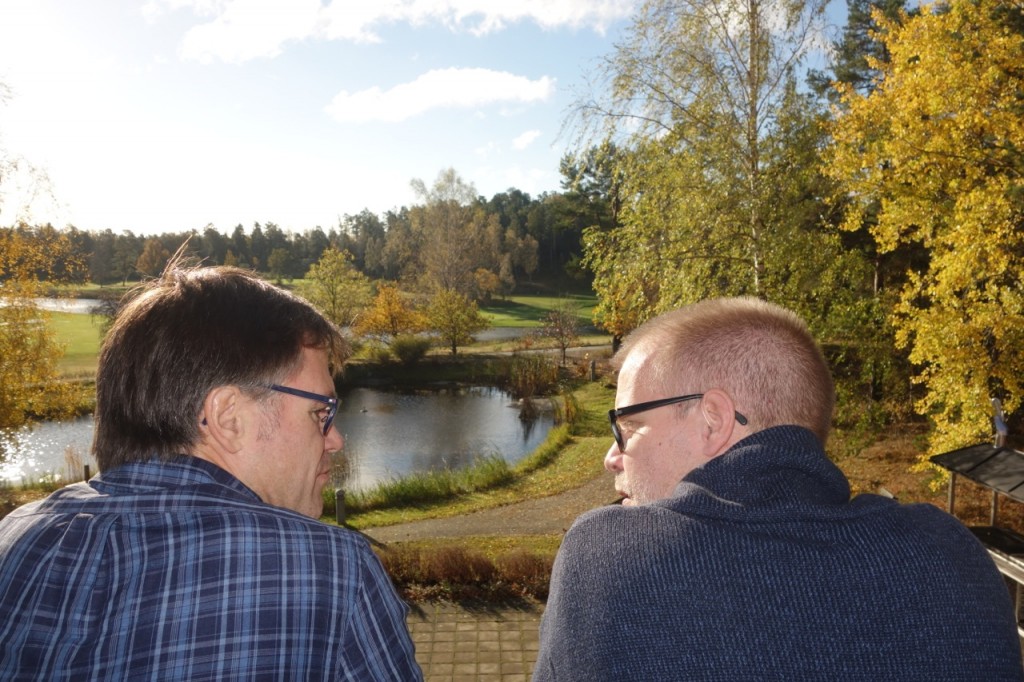4 simple techniques to improve decision making, in time of uncertainty
Continue readingSlides from Agile Islands 2018 -“Decision making under uncertainty”
Åland has one of the coolest visions out there – build an Agile society. They also arrange Agile Islands, a small conference but with sharp content. This year I had the pleasure to speak, so I decided to shed some light on “Decision making under uncertainty”, which is a fascinating subject. Here are the slides. Cheres
Continue readingThe iZettle Example: Decentralized Tech Development In Practice (Case Study)
Don’t stand in the way of great employees.
That’s one of the operational mantras that guide the finance technology company iZettle.
Two others are “Keep the startup spirit strong” and “Stay adaptable to changing market needs.”
In this blog post, we share some of the things we are implementing and tweaking at iZettle to keep producing great results and attracting in-demand, talented developers. My role has been to assist the tech development organization in making this work.
(Another blog post coming soon will cover the transformation of making the whole company agile, while this post focus on the practices that are put in place to keep a high performing, decentralized tech development organization at iZettle.)
Let’s begin by facing the reality of fast-growing startups.
The organizational challenges for most fast-growing startups
Most startups want a flat organization to keep their entrepreneurial juices flowing, but when new employees join in a steady stream there eventually comes the point where the founders or upper management feel overwhelmed by chaos.
Things get confusing.
Employees aren’t seen.
No one seems to know what’s going on.
What usually happens for most start-ups at this point is that bureaucracy processes start piling up. Layers of management are added, and project managers are introduced to coordinate the chaotic environment. And so are written reports for managers to send to upper management, and silos are building up between different departments. And decisions are taken somewhere else.
And then what happens?
Usually, entrepreneurial enthusiasm suffers and so does talent motivation and speed of innovation.
And that is exactly what iZettle wants to prevent.
But that is easier said than done when a company grows like a wildfire.
Better meetings with the Core Protocols

Good meetings is very much about achieving deep collaboration. But collaboration is often hard. We go into meetings with different modes, intentions, and expectations. How can we make meetings both more fun and energetic? Surprisingly enough: maybe by being more formalized.
Continue reading
Consensus slides and speech from Agila Sverige 2014
At Agila Sverige 2014 I talked about consensus, what it is, why it is the basis for creating good and strong decisions that is often already implemented when the decision is finally made. I also talked about the hand signals we use at Crisp to manage our consensus decision process (read more about it here).
Here’s my slides, that contains more on howto facilitate consensus decision making:
Continue reading
How we make decisions
We are 35 people at Crisp now, and we are a decentralized organized with no managers. So how do decisions get made? This article is a direct translation of our internal wiki page “Hur vi tar beslut på Crisp” (how we make decisions at Crisp).
Yet more information is not always what you need
I’ve been thinking lately about the effects of transparency and information on decision making. After observing situations like:
- Teams flooded with report requests
- Costly measurements requests, but without explanation of why they are requested
- Holding back decisions in wait for complete information (even though just enough information seems to be present)
I’ve have wondered if more information can actually delay your decision making and what is really required to make correct decisions.
In short: More options can actually impair your decision making (more likely for inexperienced people). Experienced people are more likely to make the right decisions even in situations with incomplete information.





